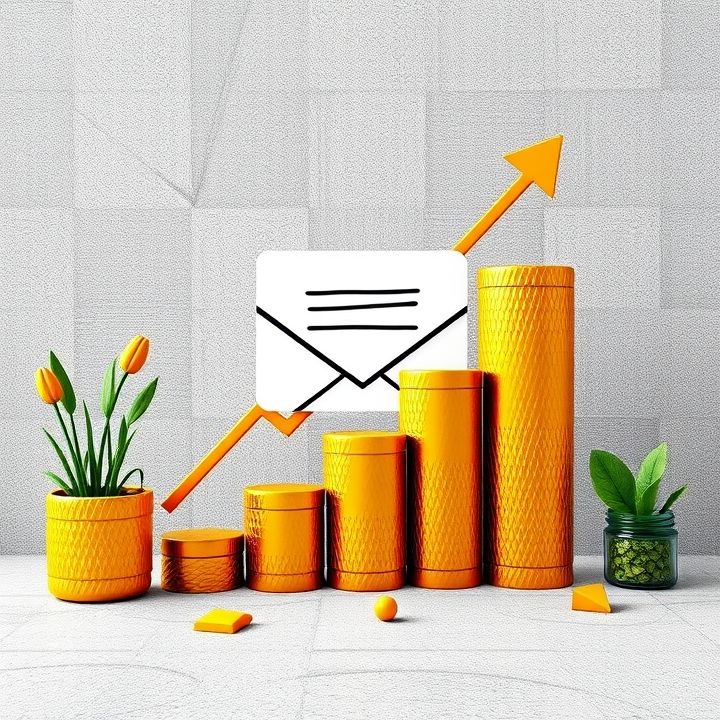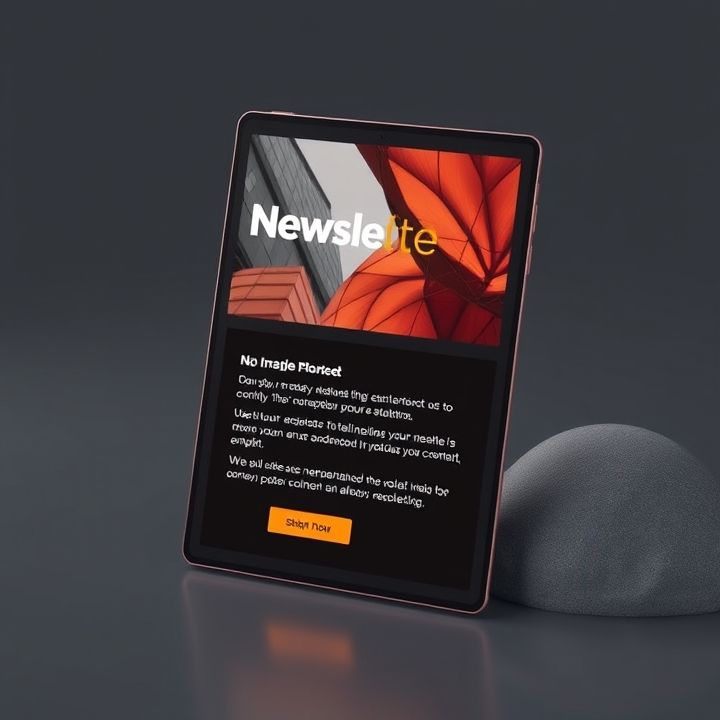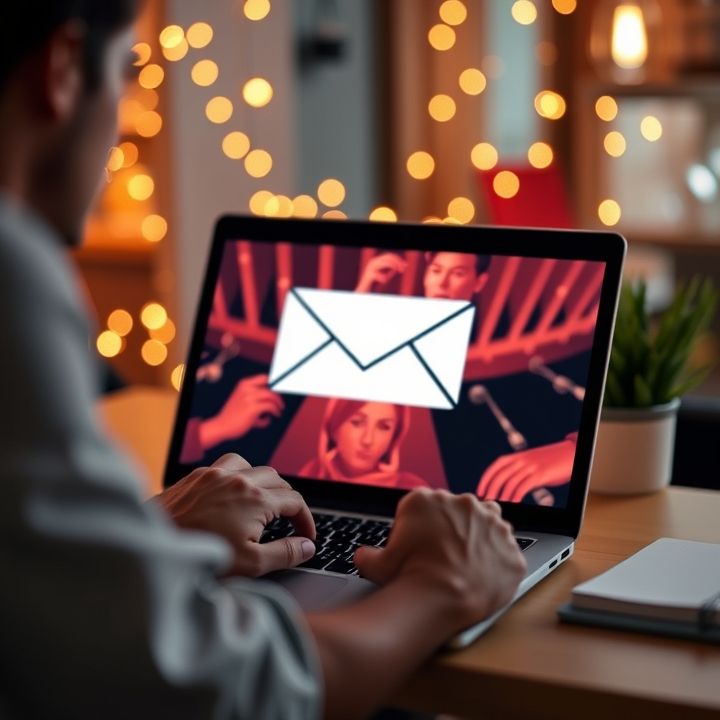Table of Contents
- Introduction
- Simplifying the email unsubscribe link for easier access
- Providing an option to manage email frequency and preferences
- Personalizing email content to increase engagement
- Offering exclusive benefits for staying subscribed
- A/B testing different email formats to find the most effective
- Conclusion
- Frequently Asked Questions
Introduction
In the dynamic world of digital communication, keeping subscribers engaged is both an art and a science. Every click, open, and scroll can determine the success of your email marketing campaign. But with an ever-increasing number of emails flooding inboxes, how do you ensure your messages are anticipated rather than ignored?
Welcome to our guide on unlocking the secrets to keeping your subscribers hooked and reducing opt-outs. We’ll delve into tried-and-tested techniques that will transform your email list from a transient audience into a loyal community.
| Common Challenges | Effective Solutions |
|---|---|
| Low engagement rates | Personalized content |
| High unsubscribe rates | Tailored frequency |
| Spam complaints | Relevancy & Value |
Underneath this surface lies the treasure trove of strategies that have been proven to maintain sustained engagement and keep your subscribers not just subscribed, but eagerly awaiting your next email. Ready to dive in?
Before we proceed, visualize the transformation awaiting your email campaigns through this captivating image:
Simplifying the email unsubscribe link for easier access
Ensuring that the email unsubscribe link is straightforward and accessible can significantly reduce customer frustration and improve overall brand reputation. Simplifying the unsubscribe process begins with making the link easily visible, typically by placing it at the bottom of the email but ensuring it isn’t hidden in small print or camouflaged by colors that blend with the background. Its language should be clear and direct, such as “Unsubscribe here” or “Click to unsubscribe,” reducing any ambiguity about its functionality.
Additionally, it’s essential to avoid long forms or surveys in the unsubscribe process. Instead, a one-click unsubscribe option can enhance user experience by respecting their time and choice. Providing a preference center is also a beneficial approach, as it allows subscribers to adjust the frequency or type of content they receive, instead of opting out entirely. Keeping transparency and trust as the cornerstones of communication reassures users that they remain in control of the information they receive. Ultimately, a simplified and user-friendly unsubscribe link not only reflects well on the company but can also contribute to retaining subscriptions by giving users flexible options.
Providing an option to manage email frequency and preferences
Providing subscribers with options to manage email frequency and preferences is a crucial technique for optimizing the unsubscribe process and minimizing opt-outs. This approach empowers users to tailor their experience based on their preferences and needs, thereby enhancing user satisfaction and engagement. By offering clear and easy-to-navigate preference centers, companies can allow subscribers to choose how often they receive emails, such as daily, weekly, or monthly updates. This flexibility ensures recipients continue to feel in control and receive content on their terms.
In addition to frequency options, allowing users to select specific topics or categories of interest can further personalize their experience. When subscribers have the ability to opt-in to content that genuinely interests them, the likelihood of engagement increases, and the chances of them opting out are reduced. Implementing these strategies not only helps retain a robust email list but also cultivates a more engaged and satisfied subscriber base. Consequently, businesses can maintain higher open rates and reduce the percentage of uninterested or disengaged recipients.
Overall, providing a user-friendly interface where subscribers can manage their preferences seamlessly is integral to fostering a positive relationship and minimizing opt-out rates.
Personalizing email content to increase engagement
Personalizing email content is a powerful strategy for increasing engagement among subscribers. By tailoring emails to the specific interests and preferences of each subscriber, businesses can deliver more relevant and valuable content, leading to higher open and click-through rates. Personalization can be achieved by using the subscriber’s name, referencing past interactions, or suggesting products based on previous purchases. Employing dynamic content can further enhance personalization by allowing different segments of your audience to receive specific content that resonates with their interests.
Leveraging data analytics and customer insights can provide more in-depth understanding of your audience, enabling you to craft personalized messages that truly connect with them. Additionally, considering the time and frequency of sending emails can impact engagement—sending emails at times when subscribers are most likely to read them can improve the likelihood of interaction. Furthermore, segmenting your email list based on demographics, behavior, or preferences allows you to target and tailor messages even more effectively.
Overall, personalizing email content goes beyond simply addressing the subscriber by name; it’s about offering value through relevant and meaningful connections that resonate with the individual, ultimately fostering loyalty and encouraging continued engagement.
Offering exclusive benefits for staying subscribed
One effective strategy to optimize the unsubscribe process and minimize opt-outs is by offering exclusive benefits to those who choose to stay subscribed. Providing something of value encourages subscribers to reconsider their decision to leave. This could be in the form of special discounts, early access to sales, or exclusive content tailored to their interests.
Subscribers need to feel like they are part of an exclusive community with unique privileges, which they cannot access elsewhere. Personalization plays a key role here, ensuring that the offers are relevant and enticing to each individual.
For instance, personalized emails highlighting that they are receiving a special offer because they are valued subscribers can foster a sense of belonging and appreciation. Frequent, but not overwhelming, communication of these benefits can remind subscribers of the advantages they gain by staying on your list. Additionally, making the unsubscribe process user-friendly while simultaneously showcasing these exclusive benefits can persuade individuals to remain engaged.
Overall, offering exclusive benefits for staying subscribed not only enhances user experience but also strengthens customer loyalty, reducing the likelihood of opt-outs. This approach balances giving subscribers the freedom to leave while clearly displaying what they would be missing out on by doing so.
A/B testing different email formats to find the most effective
A/B testing different email formats is an essential strategy for optimizing your email marketing campaigns and minimizing unsubscribe rates. By comparing two or more variations of an email to determine which performs better, marketers can gain insights into what resonates most with their audience. The process involves sending one version of an email to a subset of your subscribers and another version to another subset.
Key elements to test include subject lines, which are crucial for open rates; layout designs, which impact readability and engagement; and call-to-action buttons, which are critical for click-through rates. Personalization, tone of messaging, and the use of visuals such as images or videos can also be tested for maximum impact.
A/B testing helps to identify which elements contribute to higher engagement metrics and, more importantly, lower unsubscribe rates. By continuously refining and optimizing email formats based on data-driven results, businesses can better cater to their audience’s preferences and enhance overall email marketing effectiveness.
Conclusion
In conclusion, retaining subscribers requires a strategic approach that focuses on their needs and preferences. By simplifying the unsubscribe process and offering management options for email frequency and preferences, companies can provide a positive user experience that may deter opt-outs. Personalization of content is essential; delivering tailor-made messages increases engagement and enhances the subscriber’s perceived value of communications. Additionally, by offering exclusive benefits, subscribers may find it worthwhile to maintain their subscription, feeling valued and appreciated by the brand. Furthermore, continuous improvement through A/B testing empowers marketers to refine their strategies, ensuring the content resonates effectively with the audience. All these techniques together build a robust framework to not only minimize opt-outs but also cultivate a more engaged, loyal subscriber base. Ultimately, creating strong, personalized connections through these methods will unlock the secrets to keeping subscribers hooked and invested in the brand’s journey.

















